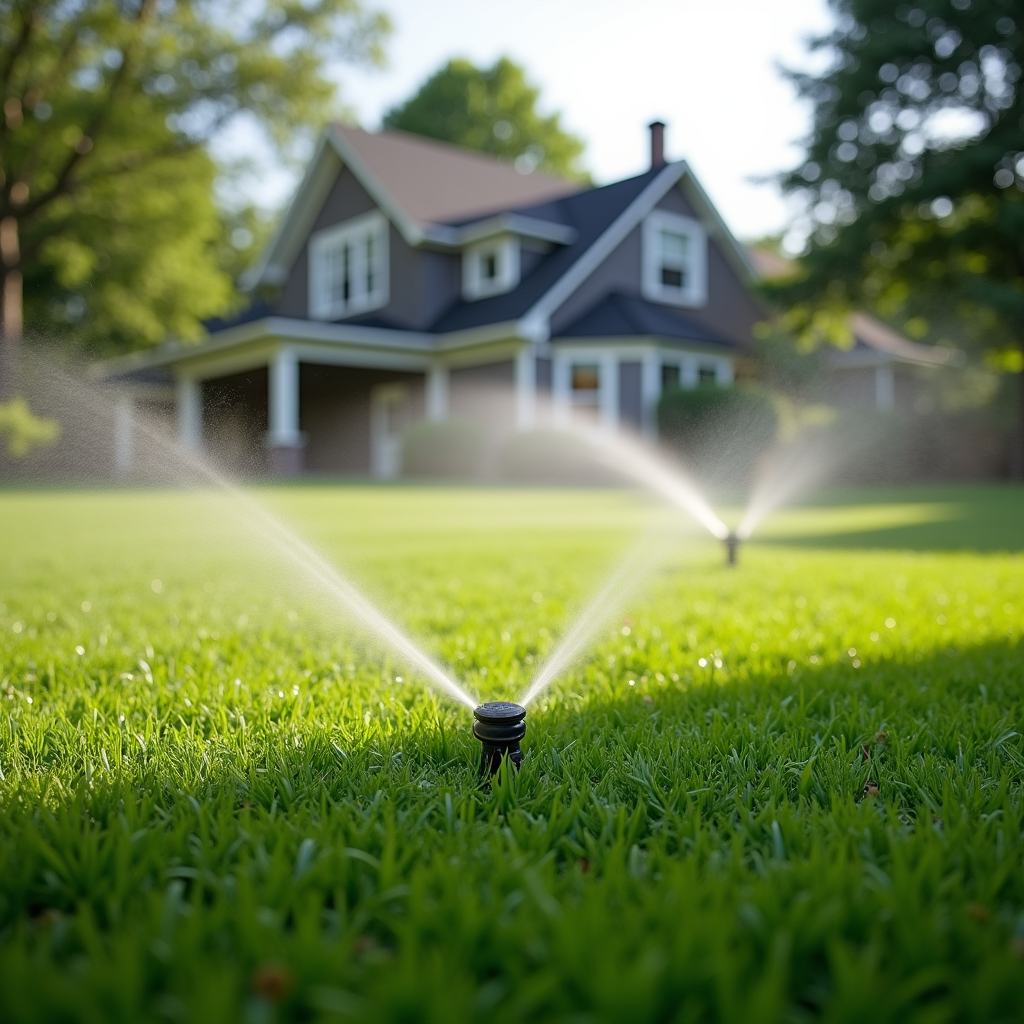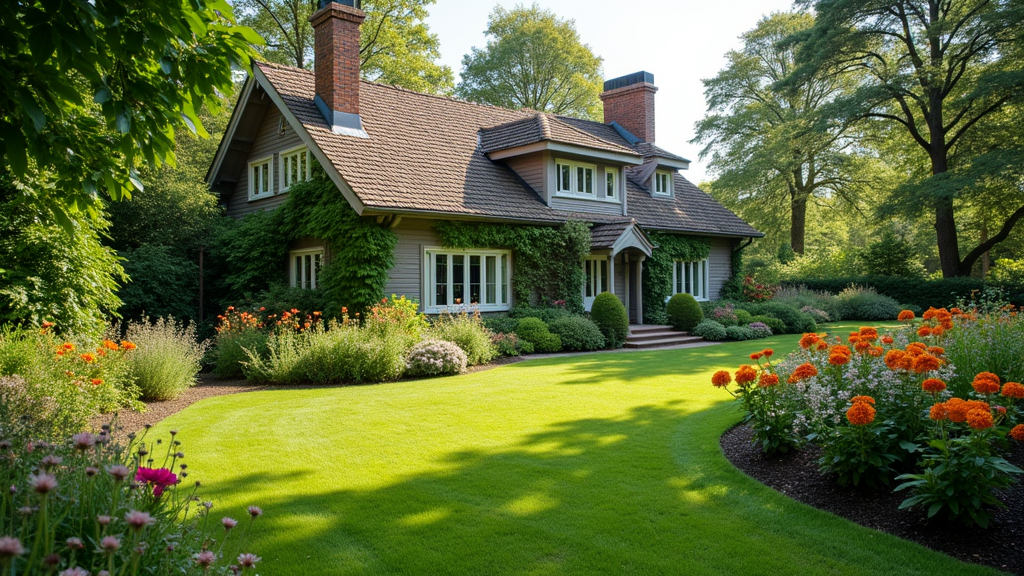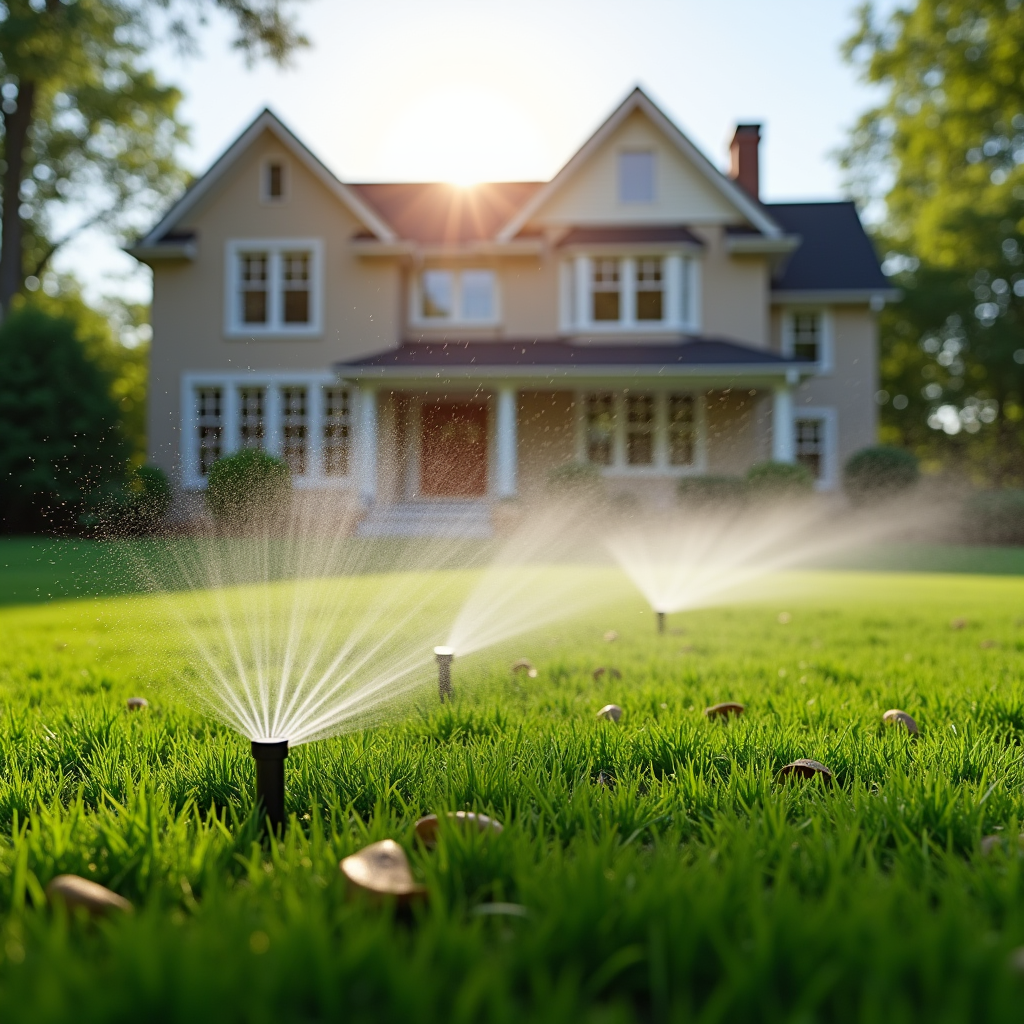Introduction
Creating a beautiful outdoor space can be both an exhilarating and daunting task. Whether you're designing landscapes for your home or a professional project, the potential for mistakes looms large. Understanding common pitfalls in landscape design is essential to ensure that your outdoor area not only looks great but functions well too. In this guide, we'll explore critical landscape design mistakes to avoid for a flawless outdoor space, providing you with insights and tips that will elevate your project from ordinary to extraordinary.
Landscape Design Mistakes to Avoid for a Flawless Outdoor Space
When diving into the world of landscape design, it's vital to have a clear vision of what you want to achieve. However, even the most seasoned designers can fall prey to common mistakes that can derail their plans. Let's break down these errors and how to sidestep them.
1. Ignoring the Site's Natural Characteristics
One of the biggest blunders in designing landscapes is neglecting the natural features of your site.
Understanding Topography
Your land's topography plays a crucial role in determining what plants will thrive. For instance, if you live on a slope, water drainage will be different than on flat terrain.
Soil Quality Matters
Conducting soil tests can provide insight into pH levels and nutrient content—factors that can dictate plant choices.
2. Lack of Planning and Design Process
Jumping into landscape design without proper planning is like building a house without blueprints.
Creating a Comprehensive Plan
Start with https://www.ramirezlandl.com/about sketches or digital designs outlining where each element will go, ensuring functionality and aesthetics work harmoniously together.

The Importance of Zoning
Plan different zones within your landscape—such as recreational areas, gardens, and pathways—to optimize space usage.
3. Choosing the Wrong Plants
Selecting plants that don't suit your climate or soil type is a recipe for disaster.
Native vs. Exotic Plants
While exotic plants may look appealing, native species often require less maintenance and are more resilient against local pests and diseases.
Understanding Growth Habits
Consider how big plants will get over time; cramming too many species into one area can lead to overcrowding and competition for resources.
4. Overlooking Maintenance Requirements
Some designs look stunning but require excessive upkeep that isn't realistic for most homeowners.
Low-Maintenance Options
Incorporate hardy plants that don’t demand constant care, allowing you more time to enjoy your outdoor space instead of working in it.
Seasonal Considerations
Choose plants that bloom at different times throughout the year for continuous color without heavy maintenance.
5. Poor Drainage Solutions
Waterlogged soil can kill even the hardiest of plants—make sure your landscape design addresses drainage effectively.

Incorporating Permeable Surfaces
Using permeable materials for paths or patios helps manage stormwater runoff while enhancing aesthetic appeal.
Rain Gardens as Solutions
Consider creating rain gardens designed specifically to collect excess water from roofs and driveways; they can be both functional and beautiful!
6. Neglecting Hardscape Elements
Hardscaping refers to non-plant elements like patios, walkways, walls, and fences—all pivotal in landscape design.
Balancing Softscape with Hardscape
Ensure there’s harmony between plant life (softscape) and hard surfaces so neither overshadows the other visually or functionally.
7. Forgetting About Seasonal Changes
Your landscape should evolve with the seasons; failing to plan accordingly can make it appear lifeless during certain times of the year.
Seasonally Attractive Plant Choices
Select trees and shrubs that provide interest through flowers in spring, foliage in fall, or berries in winter!
8. Underestimating Scale and Proportion
Design elements must be proportional; oversized features can overwhelm smaller spaces while tiny elements may get lost in larger environments.
Visualizing Scale
Use scale models or software tools when planning to better visualize how each component fits within the overall design context.
9. Overcomplicating Your Design
Sometimes less is more; overly complex designs can create confusion rather than beauty.
Emphasizing Simplicity
Focus on clean lines and straightforward layouts—it often leads to stunning results without unnecessary chaos!
10. Ignoring Local Climate Zones
Regional climate directly influences what types of flora will thrive; ignoring this aspect could lead to disappointing outcomes!
Researching Regional Plant Hardiness Zones
Make sure you know which plant hardiness zone you’re located in before making selections—they’ll affect growth success tremendously!
Table: Example Plant Choices by Climate Zone
| Climate Zone | Recommended Plants | |--------------|-------------------------| | Zone 3 | Blue Spruce, Red Maple | | Zone 4 | Lavender, Coneflower | | Zone 5 | Hellebore, Daylily | | Zone 6 | Hydrangea, Japanese Maple |
FAQs about Landscape Design Mistakes
1. What are some common mistakes people make in landscape design?
Common mistakes include neglecting site characteristics, choosing inappropriate plants, poor drainage solutions, lack of planning, ignoring seasonal changes, overcomplicating designs, etc.
2. How important is soil quality in landscape design?
Soil quality affects plant health significantly—knowing its pH level and nutrient content helps select suitable plants that will thrive in your garden environment.
3. Should I use native plants? Why?
Yes! Native plants typically require less maintenance as they are adapted to local conditions—they also support local wildlife better than non-native species do!
4. How do I create low-maintenance landscaping?
Choose drought-resistant plants suited for your climate zone; incorporate mulch around beds; limit lawn areas by using hardscaping features effectively!
5. What role does hardscaping play?
Hardscaping provides structure within landscapes it includes pathways/patios/walls—they help balance out softscape elements (like flowers/trees), enhancing visual appeal overall!

6. Can I change my landscape once it’s established?
Absolutely! Landscaping evolves over time—don’t hesitate to adapt/change elements as necessary based on growth patterns/preferences or seasonal shifts!
Conclusion
Designing landscapes is an art form—a blend of creativity rooted deeply within nature’s framework! By recognizing common landscape design mistakes early on—and implementing strategies we’ve discussed—you’ll set yourself up for success every step along this journey towards creating beautiful outdoor spaces where memories are made! Don’t forget: always take time reflecting upon each decision made throughout this process; after all it’s not just about aesthetics—but crafting environments filled with life & joy!
So go ahead: roll up those sleeves & dive right back into planning out YOUR ideal outdoor oasis today—one step closer towards achieving perfection awaits you just outside those doors!